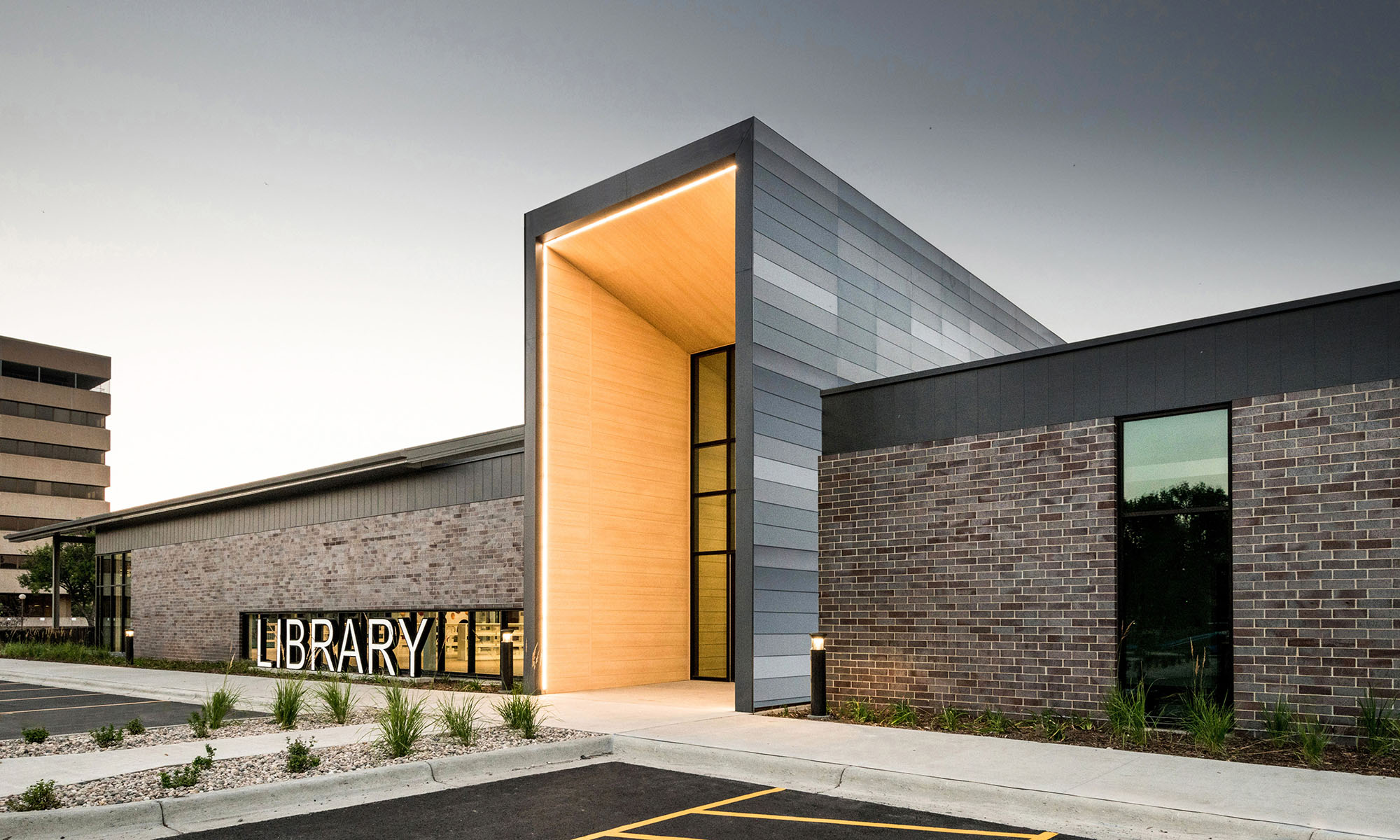(Sponsored content by Pigott, provided by MillerKnoll.)
With work and life entering a new era, MillerKnoll can help organizations seize this opportunity to reinvigorate their culture, improve the health and productivity of their teams, and foster a greater sense of belonging for their people.
Since the start of the pandemic, the world’s understanding of the very notion of “work” has had to expand beyond a range of activities that takes place in an office.
Organizations across industries began testing out distributed work strategies.
While many leaders were surprised at how productive employees could be working from home, a lack of serendipitous interactions and impromptu face-to-face conversations have led to an erosion of both the “weak ties” and the stronger workplace connections that are vital to long-term morale and well-being.¹
At MillerKnoll, the insights we’ve gathered throughout the pandemic point to a widespread shift in mindset.
More than ever, people are acknowledging the depth of the constraints that impact daily life, at work and at home.
It’s been an awakening—but those companies that tried to hit the snooze button are already feeling the consequences.

Data suggests this so-called Great Resignation may not be a blip, but rather a trend with potential to expand beyond 2022.
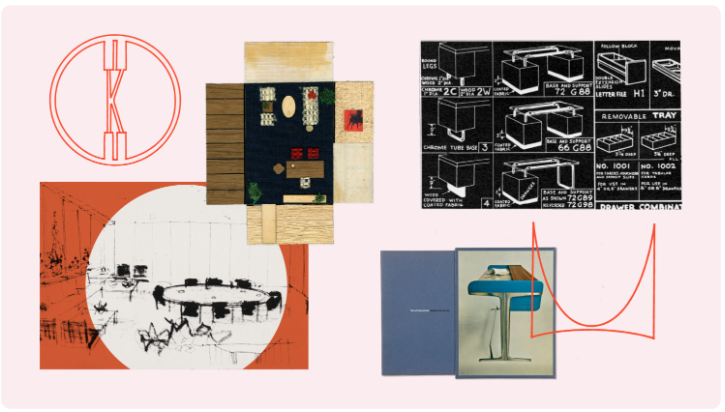
As a collective of dynamic brands that come together to design the world we live in, MillerKnoll brings boundless curiosity and decades of research to organizations looking to modernize the ways they support people and their work.
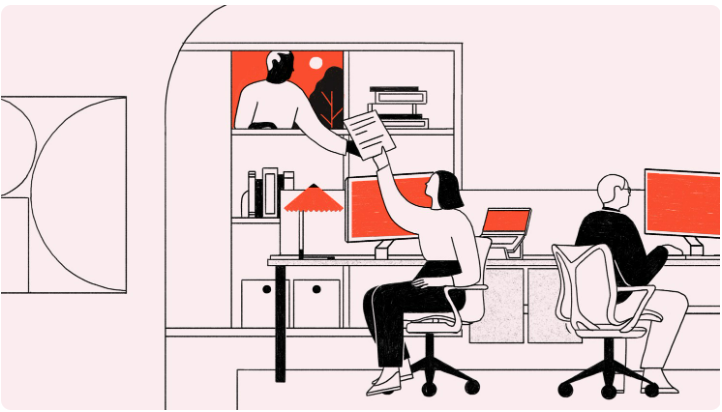
This approach has been the hallmark of our two anchor brands—Herman Miller and Knoll—for generations.
Independently, our brands helped define the modern workplace. Now we have an opportunity to ensure that its next evolution supports new ways of working, transforms corporate real estate, and strengthens community.

Support everyone’s way of working through equitable experiences
The pandemic fueled a widespread embrace of flexible work practices. But changes that started as triage have shown incredible resiliency, quickly becoming ingrained and deeply valued among workers across industries and geographies.
Flexibility and choice have become expectations—and these expectations are not budging.

For working parents, the delicate balance between work and childcare responsibilities was already precarious. The pandemic caused it to topple.
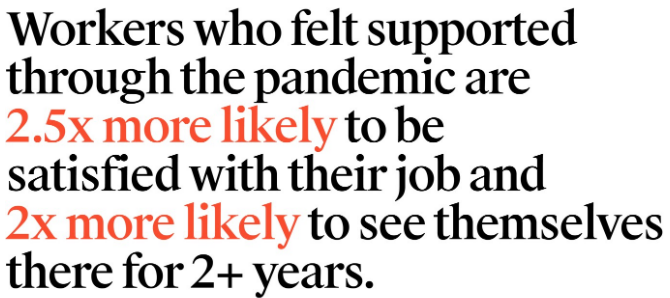
Evidence suggests that this exodus could continue. Future Forum found that roughly two-thirds of working parents are open to switching jobs in the next year.⁶
In response, many organizations have turned to hybrid workplace strategies to help reverse these trends.
They recognize hybrid’s potential to foster trust and deliver more equitable experiences for employees.
To realize that potential, however, it’s not enough for organizations to provide their people with a choice of where to work on a given day. Organizations must also ensure the quality of those choices—at home, in a co-located office, or elsewhere—with resources and support.
So far, the results bear this out.
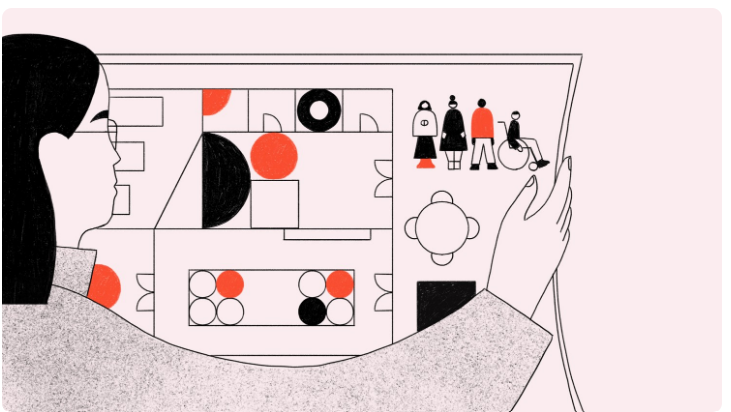
These workers are also more likely to have a positive view of their company and its leaders. They’re 5.6 times as likely to trust their company and 3.5 times as likely to feel a sense of pride in working there.
Taken as a whole, these outcomes connect with a corresponding improvement in employee well-being.
In fact, by all measures—including work-life balance, productivity, lower work-related stress, and a greater sense of belonging—the experiences of hybrid and remote-first employees outpace those of full-time office workers.⁸
At MillerKnoll, we recognize the power of hybrid work to improve people’s work experience in the short term.
We also see the move toward hybrid as an opportunity to reduce pressure on the office in the long term—not by diminishing its size or importance but instead by freeing up space to fine-tune the modern workplace for those experiences that it’s uniquely suited to support.
Transform your real estate through inclusive environments
How can any employer know where each of their employees will be able to work best on any given day?
They would have to look at everyone’s jobs, the nature of their teams, the types of projects they’re working on, and the technology tools they need—and that’s only the beginning.
Even if an organization could figure out the specific needs of an employee on a Friday, that person’s situation could be different the following Monday.
Hybrid working gives people the flexibility to choose to work outside of the office when that’s the best choice for them and their work. But the office itself can be reimagined to better support the full range of work experiences that hybrid workers want to have when they do come into the office.⁹
Community restoration
Humans are social beings who long for connection. Even our outermost circle of acquaintances is vital to our social health.
By providing areas that encourage people to interact with their extended networks—our weak ties as well as our strong ones—the modern workplace can help restore a sense of community.
Team immersion
Collaborative work is an ebb and flow of coming together and working independently, a mix of synchronous and asynchronous learning and exchange.
By following more of a neighborhood model—in which team space is owned and individual spaces are shared within it—the modern workplace can provide a more immersive team experience that better supports the full range of collaborative work.
Individual focus and reflection
The past two years have stressed our homes in many ways. If you had a room to spare, it became a home office, classroom, or gym. If you didn’t, finding focus has been a challenge.
Team members who need time alone to form well-rounded thoughts, ideas, and creations require spaces within the modern workplace where they can achieve deep, productive focus while still staying connected to their organization.
An integral tool for transforming corporate real estate in this way is inclusive design.

As a field of practice, inclusive design comprises an ever-expanding body of technical expertise, ranging from cognitive science and neurodiversity to universal design and ADA compliance (in the US).
To help organizations apply inclusive design to the task of creating more inclusive environments in the modern workplace, we’ve outlined three guiding principles.
1. Go beyond barrier-free.
Eliminate real or perceived cognitive, social, or physical barriers to successful use.

In this setting optimized for community restoration, physical barriers are minimized by offering generous open space to encourage free movement, contrasting finishes make spaces for smaller groups easy to identify, and support for a variety of postures and configurations helps facilitate dynamic social connections.
2. Make it intuitive and desirable.
Help people get more out of space by designing for intuitive, consistent, and desirable use.

In this setting optimized for team immersion, dynamic seating options, personal tables, and mobile digital and analog work tools allow people to fine-tune their comfort as they experiment with new modes of hybrid interaction.
3. Advance autonomy and achievement.
Encourage people to take control of their experience without special accommodation.

In this setting optimized for individual focus and reflection, people can choose from a range of work points, each designed for cultivating different states of mind to help individuals find and sustain their own productive flow.

Strengthen your community through belonging
Equitable experiences and inclusive environments are intricately linked.
When workplace strategy gives everyone equal footing to be productive and successful, and when spaces are designed to address the needs of the broadest array of people, something greater is achieved.

Whatever terms we might use to describe the benefits of equitable experiences and inclusive environments—happiness, well-being, community, belonging—the results are a win-win for people and their organizations.

Consider the problems facing your organization today. To solve them, you need more voices at the table, all of whom feel comfortable contributing their perspectives.
The modern workplace can be a powerful catalyst for sparking the conversations necessary to identify problems, generate solutions, and evaluate the path to success.
We’re here to help
There’s a role for everyone in your organization to play in this reframing of the work experience: human resources, legal, corporate real estate, leadership…the list goes on. The continuum of the workplace—from a physical co-located office to employees’ home offices and beyond—is just one part of the puzzle.
At MillerKnoll, we see the power of design as an instrument for positive change. And we’re ready to use that power to help you and your organization provide more equitable experiences through inclusive design, fostering a greater sense of belonging among your people.

Sienna Wegehaupt, AIA, NCARB is the Lead Architect at Puetz Design+Build in Mitchell, SD and a member of the AIA South Dakota Board of Directors. She received her B.Arch from South Dakota State University in 2014 and her M.Arch from the University of Minnesota in 2016.
